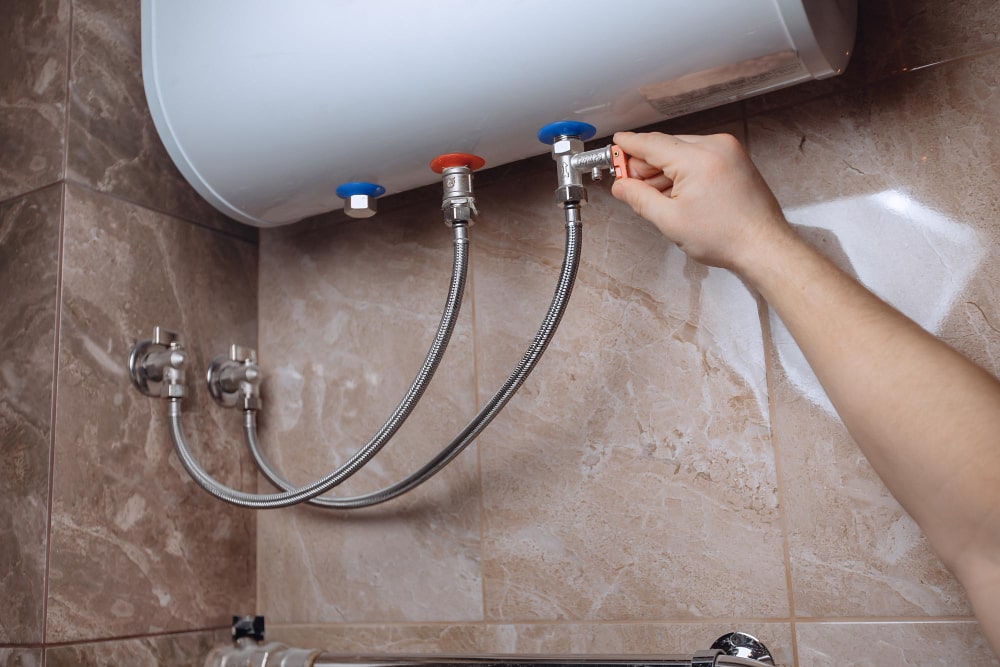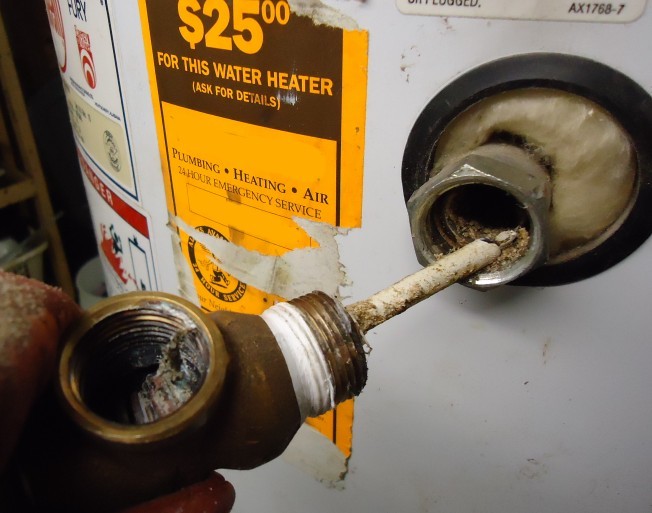Key Tips on Maintaining Your Home's Hot Water SystemEffective Techniques for Caring for Your Home's Hot Water SystemStep-by-Step Steps to Caring for Your Home's Hot Water System
Key Tips on Maintaining Your Home's Hot Water SystemEffective Techniques for Caring for Your Home's Hot Water SystemStep-by-Step Steps to Caring for Your Home's Hot Water System
Blog Article
What're your thoughts regarding What Kind of Maintenance Do Water Heaters Need??

Hot water is crucial for daily comfort, whether it's for a rejuvenating shower or washing recipes. To guarantee your hot water system runs successfully and lasts longer, normal maintenance is vital. This post provides practical pointers and insights on exactly how to maintain your home's warm water system to avoid disturbances and expensive repair services.
Intro
Maintaining your home's hot water system could seem complicated, but with a few basic actions, you can ensure it runs efficiently for many years ahead. This guide covers every little thing from understanding your hot water system to do it yourself upkeep tips and understanding when to call in specialist help.
Significance of Keeping Your Hot Water System
Regular maintenance not just expands the life expectancy of your warm water system but also ensures it runs successfully. Neglecting upkeep can bring about decreased efficiency, higher energy expenses, and also early failure of the system.
Indications Your Warm Water System Demands Upkeep
Recognizing when your hot water system needs attention can prevent major issues. Watch out for indications such as irregular water temperature level, weird noises from the heating unit, or corroded water.
Recognizing Your Warm Water System
Prior to diving right into upkeep jobs, it's useful to comprehend the standard parts of your warm water system. Normally, this consists of the hot water heater itself, pipes, anode poles, and temperature controls.
Regular Monthly Maintenance Tasks
Regular monthly checks can help capture small concerns prior to they intensify.
Flushing the Water Heater
Flushing your hot water heater gets rid of debris build-up, boosting performance and prolonging its life.
Monitoring and Replacing Anode Rods
Anode poles stop rust inside the storage tank. Examining and changing them when worn is critical.
Checking and Changing Temperature Settings
Adjusting the temperature level setups makes sure ideal performance and safety.
Do It Yourself Tips for Upkeep
You can do a number of maintenance jobs yourself to maintain your hot water system in top problem.
Looking for Leaks
Routinely inspect pipes and links for leakages, as these can cause water damage and greater expenses.
Evaluating Pressure Alleviation Valves
Checking the pressure safety valve guarantees it functions appropriately and stops extreme pressure accumulation.
Protecting Pipes
Protecting warm water pipes decreases heat loss and can save power.
When to Call a Specialist
While do it yourself upkeep is valuable, some concerns require specialist know-how.
Complex Concerns Requiring Professional Assistance
Examples consist of major leakages, electrical troubles, or if your water heater is continually underperforming.
Regular Professional Upkeep Benefits
Expert maintenance can consist of extensive inspections, tune-ups, and making certain compliance with safety and security standards.
Verdict
Regular upkeep of your home's warm water system is necessary for efficiency, durability, and price savings. By adhering to these suggestions and recognizing when to seek specialist help, you can make sure a reliable supply of hot water without unforeseen disturbances.
Water Heater Maintenance: The Basics
Maintaining your water heater will ensure it operates efficiently and has a longer lifespan. Neglecting regular maintenance can lead to costly repairs and an even bigger chunk of your savings if you have to replace it sooner than necessary. But there’s good news: Most water heater maintenance tasks are relatively simple and easy for homeowners with basic DIY skills.
Flush the Water Heater
Over time, sediment and minerals can build up in the tank, reducing its efficiency and potentially causing damage. To flush the tank, turn off the power or gas supply, attach a hose to the drain valve near the bottom and open the valve to drain the water until it runs clear. Ideally, flush the tank annually.
Replace the Anode Rod
The anode rod is a sacrificial metal rod that helps prevent corrosion inside the tank. Inspect and replace it every three to five years or per the manufacturer's recommendation. To replace the anode rod, turn off the power or gas supply, drain a few gallons of water from the tank, unscrew the old rod and replace it with a new one. If the anode rod is significantly corroded or covered in calcium buildup, it's a sign the water heater may need to be replaced soon.
Tune-Up
A yearly tune-up can help identify potential issues and ensure your water heater operates at peak efficiency. This typically involves checking the thermostat, burner assembly (for gas heaters) and any other components specified by the manufacturer. During a tune-up, the technician may also clean the burner and adjust the pilot light (for gas heaters) or examine the heating elements (for electric heaters).
How to Maintain Your Water Heater
Insulate the tank. Insulating the tank can improve energy efficiency and reduce heat loss, saving you money on energy bills. You can purchase precut insulation blankets designed specifically for water heaters or use standard fiberglass insulation wrapped securely around the tank. Check the temperature. The recommended water temperature for most households is around 120 degrees Fahrenheit (49 degrees Celsius). Higher temperatures can increase energy costs and potentially cause scalding. Use a kitchen thermometer to check the temperature at the faucet nearest the water heater. Monitor water pressure. Excessive water pressure can strain the water heater and cause leaks or even tank failure. Install a pressure-reducing valve if necessary. The ideal water pressure range is between 60 and 70 PSI (pounds per square inch). Test the temperature and pressure (T&P) relief valve. The T&P relief valve is a safety feature that releases pressure if the tank gets too hot or the pressure builds up too high. Test it annually by lifting the lever and allowing a small amount of water to release. Replace the valve if it doesn't release water or reseal properly. Check for leaks. Regularly inspect the tank, pipes and fittings for leaks or corrosion. Deal with issues promptly to prevent further damage. Even a small leak can lead to significant water damage over time. Consider a tankless water heater. If your traditional tank-style water heater is nearing the end of its lifespan ( typically 10 years), consider replacing it with a tankless water heater. These units heat water on demand, reducing standby energy losses and potentially saving you money on your energy bills. Schedule professional maintenance. While homeowners can perform many water heater maintenance tasks, it's still a good idea to schedule professional maintenance every few years. A plumber or HVAC technician can thoroughly inspect the unit, identify potential issues and ensure it operates safely and efficiently. https://www.homeserve.com/en-us/blog/home-improvement/hot-water-heater-maintanence/

Do you like more info about How to Maintain a Hot Water Heater in a Few Simple Steps? Create feedback down below. We would be happy to find out your views about this write-up. We hope that you visit us again later on. Sharing is good. Helping people is fun. I thank you for your readership.
Services Report this page